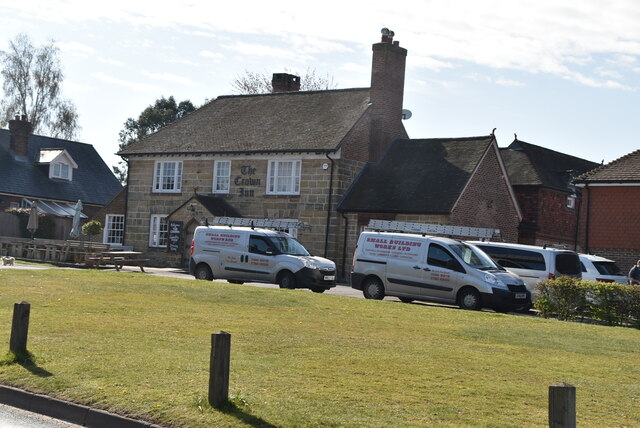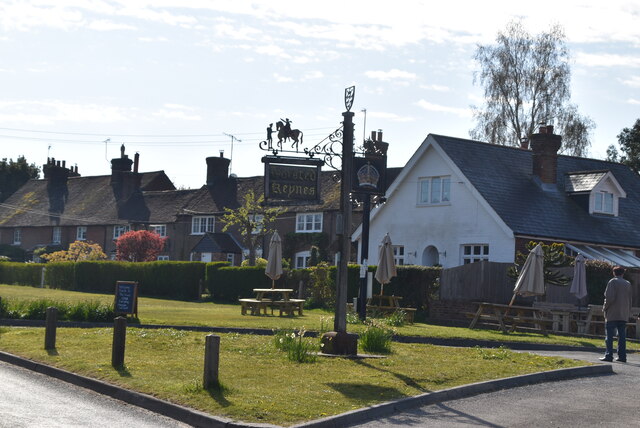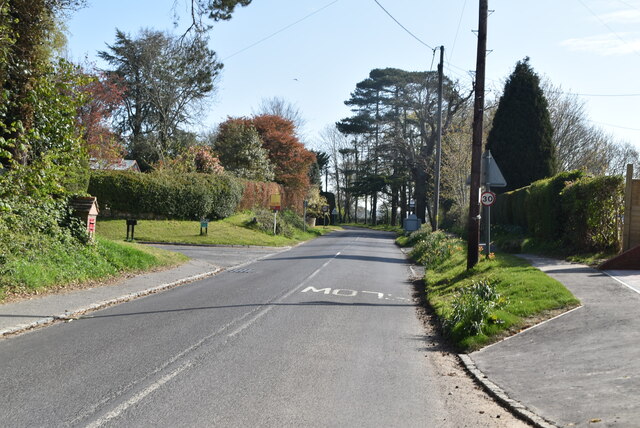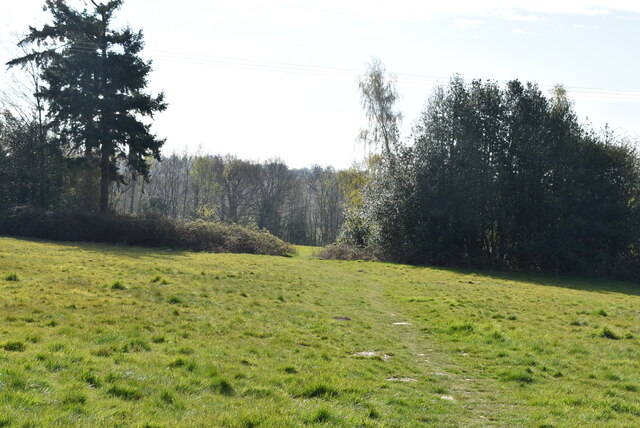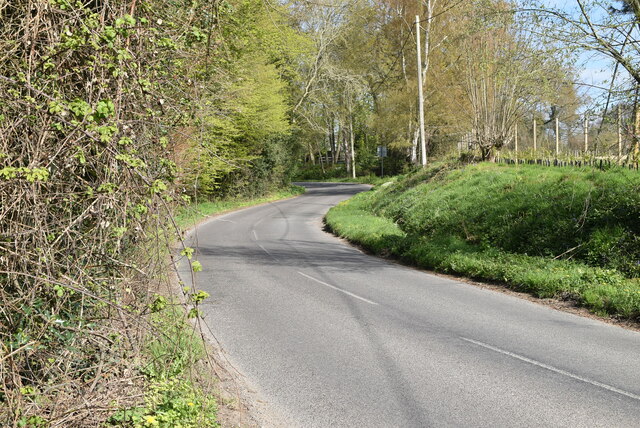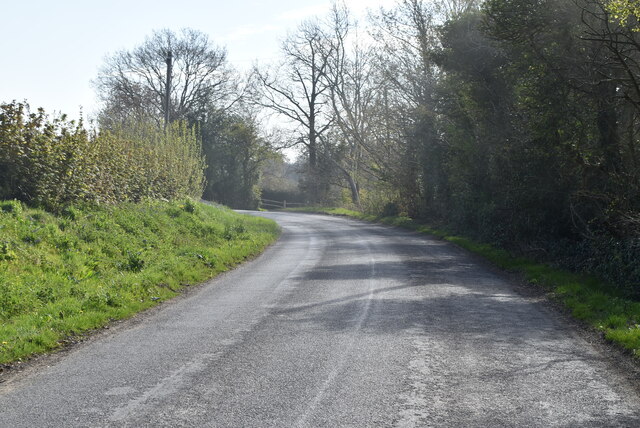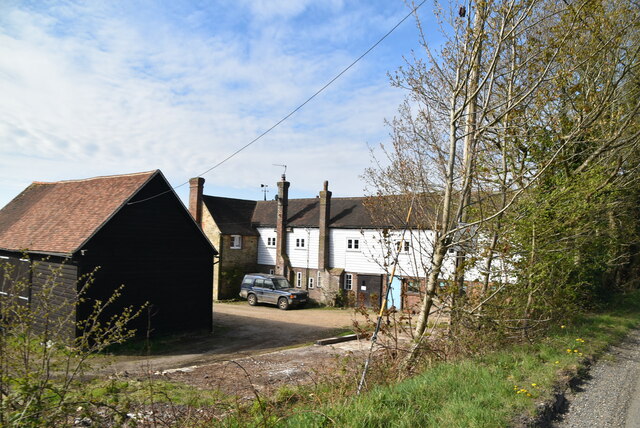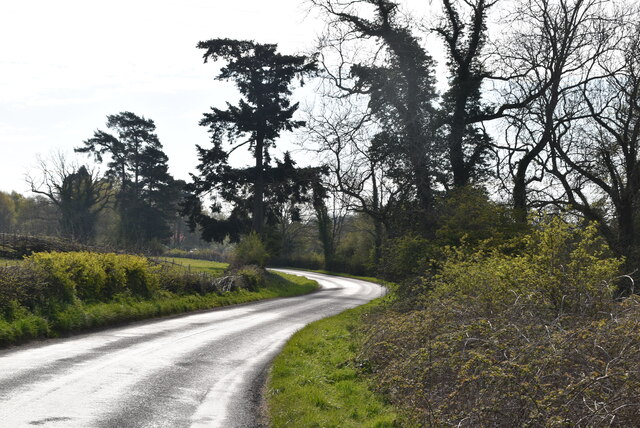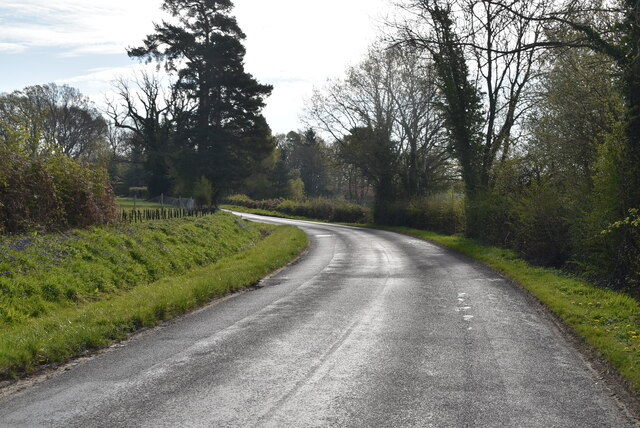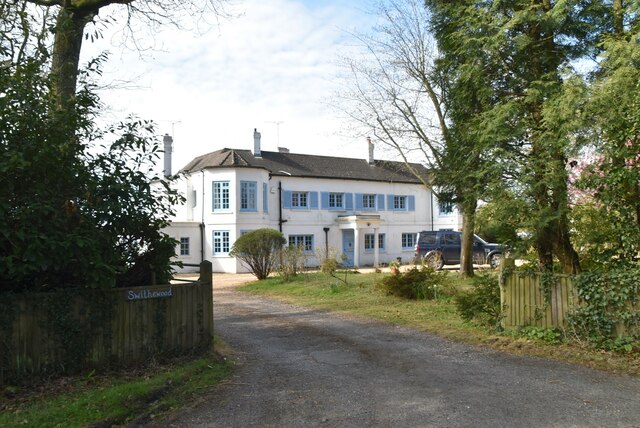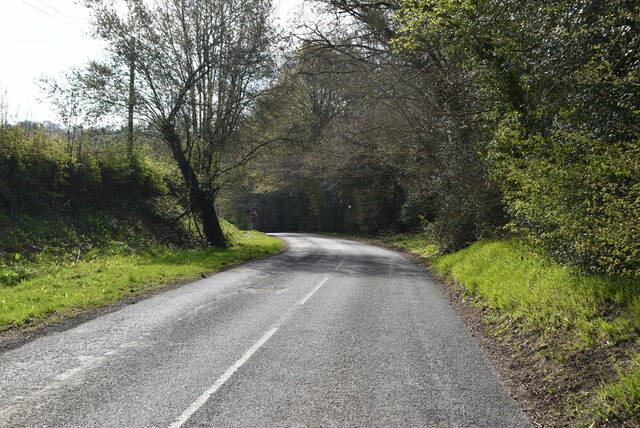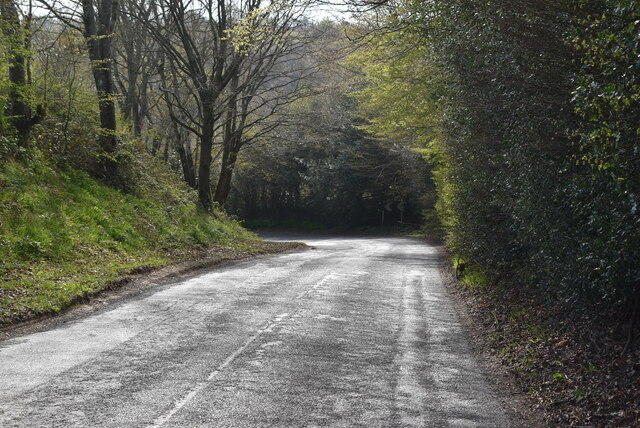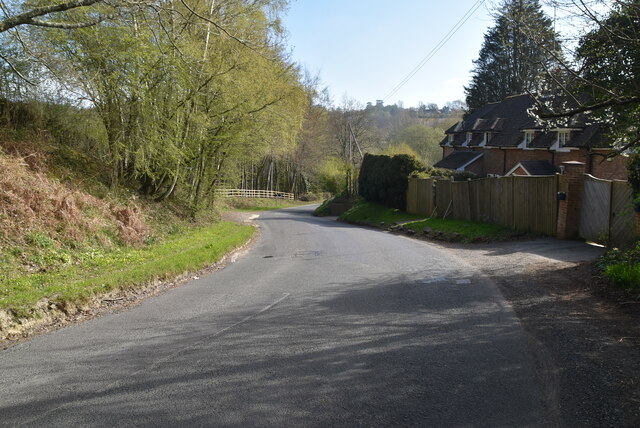Little Plantation
Wood, Forest in Sussex Mid Sussex
England
Little Plantation
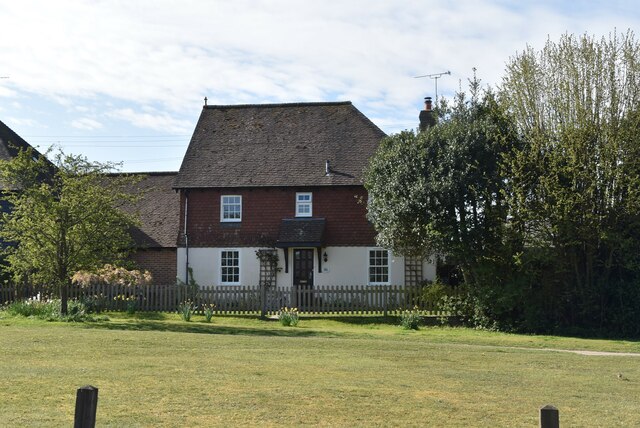
Little Plantation is a small woodland located in Sussex, England. Covering an area of approximately 20 acres, it is nestled within the picturesque countryside, offering a tranquil and serene environment for nature enthusiasts and visitors alike.
The woodland is predominantly made up of a diverse range of tree species, including oak, beech, and birch, creating a rich and vibrant canopy. The forest floor is adorned with an array of wildflowers during the spring and summer months, adding bursts of color to the landscape.
Little Plantation is home to a variety of wildlife, providing a haven for numerous bird species, such as woodpeckers, owls, and thrushes. Squirrels can often be spotted scurrying among the trees, while badgers and foxes inhabit the undergrowth.
The woodland offers several walking trails, allowing visitors to explore the natural beauty at their own pace. These trails wind through the forest, leading to hidden clearings and secluded spots, perfect for picnics or simply immersing oneself in the tranquil surroundings.
Little Plantation is also a popular destination for nature photography, with its picturesque views and abundance of wildlife providing ample opportunities for capturing stunning shots.
The woodland is managed by the local council, ensuring the preservation of its natural beauty and the protection of its inhabitants. Access to Little Plantation is free, making it an accessible and affordable destination for nature lovers and families seeking a peaceful retreat in the heart of Sussex.
If you have any feedback on the listing, please let us know in the comments section below.
Little Plantation Images
Images are sourced within 2km of 51.028/-0.023592741 or Grid Reference TQ3827. Thanks to Geograph Open Source API. All images are credited.

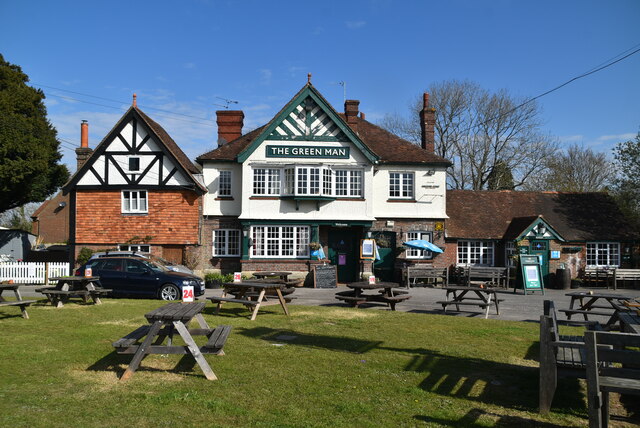
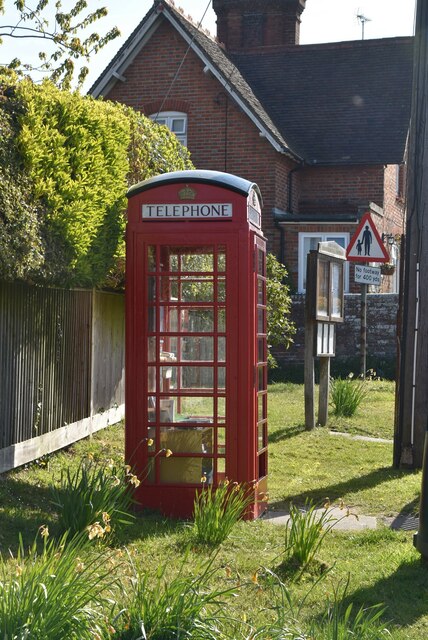
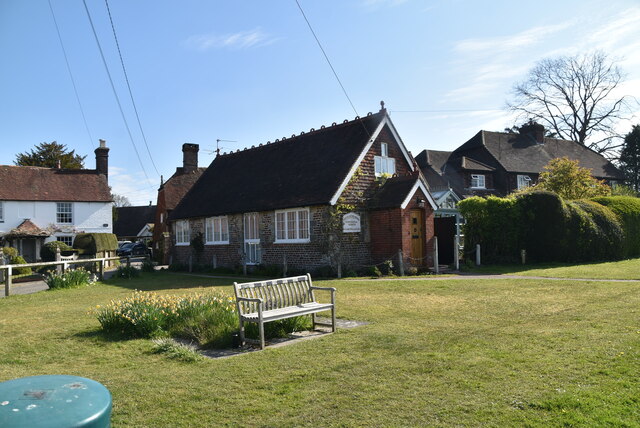
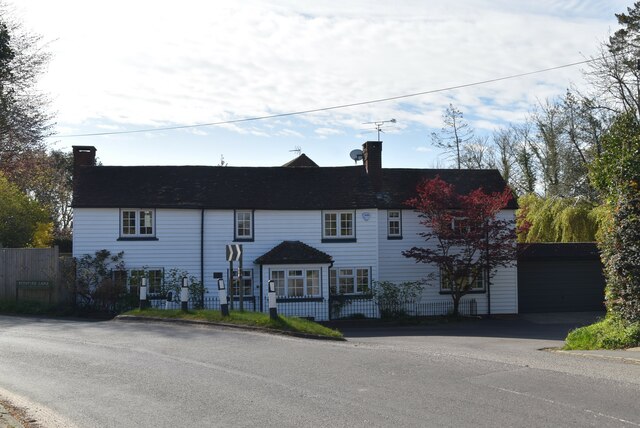
Little Plantation is located at Grid Ref: TQ3827 (Lat: 51.028, Lng: -0.023592741)
Administrative County: West Sussex
District: Mid Sussex
Police Authority: Sussex
What 3 Words
///having.tickling.welfare. Near Horsted Keynes, West Sussex
Nearby Locations
Related Wikis
Horsted Keynes
Horsted Keynes KAYNZ is a village and civil parish in the Mid Sussex District of West Sussex, England. The village is about 5 miles (8 km) north east...
Freshfield Lane
Freshfield Lane is a 17-hectare (42-acre) geological Site of Special Scientific Interest east of Haywards Heath in West Sussex. It is a Geological Conservation...
St Giles' Church, Horsted Keynes
St Giles' Church is an Anglican church in the village of Horsted Keynes in Mid Sussex, one of seven local government districts in the English county of...
Danehill, East Sussex
Danehill is a village in East Sussex, England. == Religious sites == There are two Anglican churches in the parish: one at Danehill (dedicated to All Saints...
Bluebell Railway
The Bluebell Railway is an 11 mi (17.7 km) heritage line almost entirely in West Sussex in England, except for Sheffield Park which is in East Sussex....
Lindfield & High Weald (electoral division)
Lindfield & High Weald is an electoral division of West Sussex in the United Kingdom, and returns one member to sit on West Sussex County Council. ��2...
Horsted Keynes railway station
Horsted Keynes railway station is a preserved railway station on the Bluebell Railway in Sussex. The station has been used as a shooting location in several...
Furner's Green
Furner's Green is a hamlet in the civil parish of Danehill in East Sussex, England. == Geography == Furner's Green lies on the Greenwich Meridian about...
Nearby Amenities
Located within 500m of 51.028,-0.023592741Have you been to Little Plantation?
Leave your review of Little Plantation below (or comments, questions and feedback).
